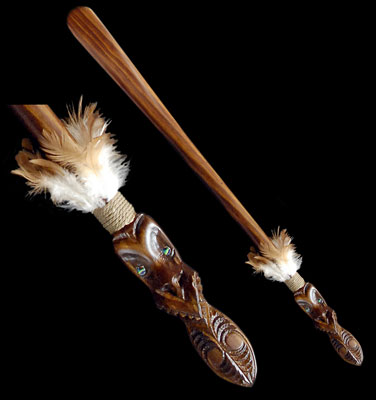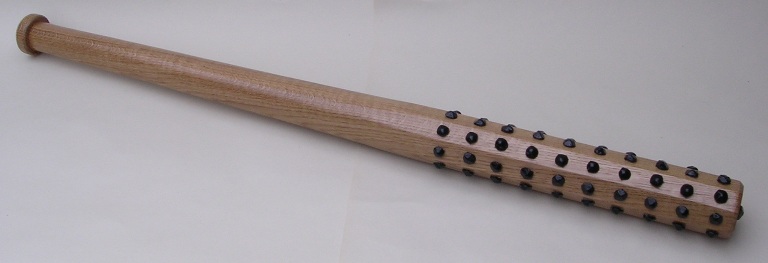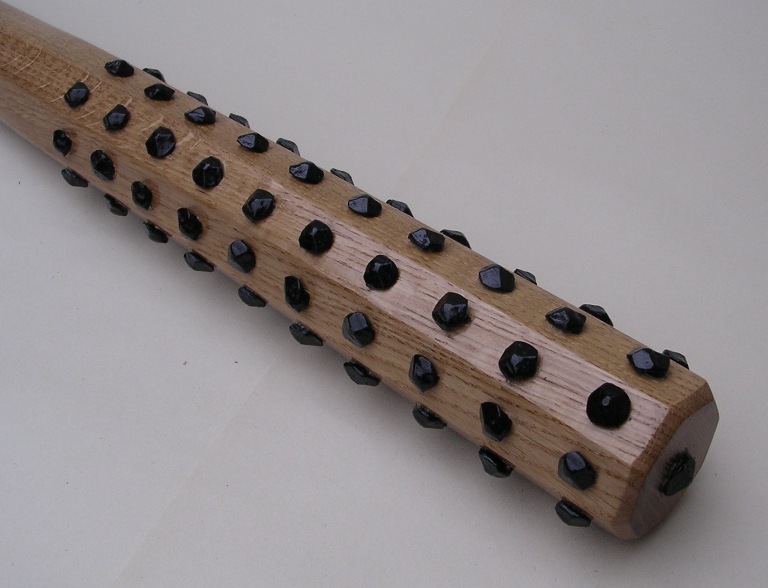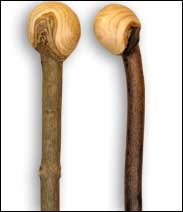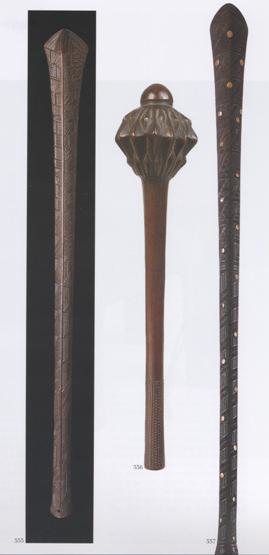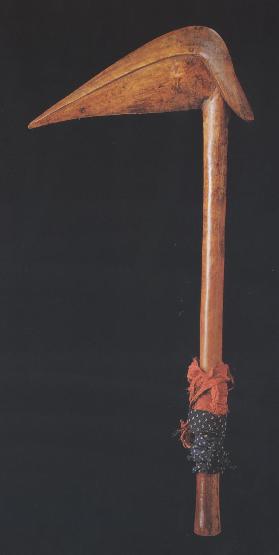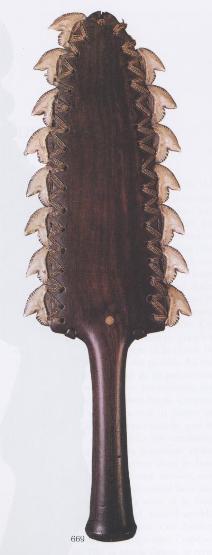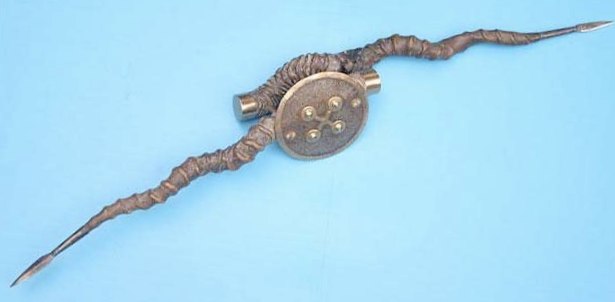Posts: 416 Location: Auckland, New Zealand
Thu 17 Jul, 2008 3:18 pm
I recently did some research on Macahuitl for a paper at university, and there is actually accounts of an Inca warrior beheading a Spanish horse with one blow. Those obsidian blades would have held an edge forever as well...
------------------------------------------------------------------------------------------------------------------------------------------------------------------
Regarding the Taiaha usage, I have fought literally hundreds of (mostly successful) matches against Taiaha students here in New Zealand with my Mujian (wooden jian). A very large percentage of my friends are Maori and they almost all have experience with Taiaha as kids on the Marae (sacred tribal meeting place). Any Maori guy who fancies himself as a fighter will never turn down a challenge ever. I have managed to notice a few things over the course of these matches:
1)The weapon must face the opponent at all times, but the body doesn't necessarily. They often turn and spin the weapon around the back, but when the back is turned, the weapon is behind them. Ideally, that's when YOU close the gap.
2) Attacks are generally made in a flicking motion, or in large arcing movements. They are very effective up close, so you don't ever let THEM close that gap.
3) They often kneel to take a downwards blow on the center part of the Taiaha. The most common next movement is a swing to your knee. I have developed a very good counter for this, which is better shown than described.
4) The majority of strikes are made with both hands on the weapon. Flick high, flick low, a half turn and a wide swinging shot to the stomach is a well used common Taiaha combo. The weapon is held upright, with the "tongue" or point upwards, and the "oar" roughly by the knee, and to the side of the body for a lot of the time.
It seems to me that blows considered to be a finish are generally accompanied by a "pukana", which when shown in this instance seems the basic equivalent to a maori kiai, during which the tongue is poked out and the eyes made as wide as possible. Scary if you've never seen it before, trust me.
It's a great weapon and lots of fun to experiment with counter-fighting against. It can be quite addicting.
http://www.bullshido.org/Te_Mau_Taiaha Try this link, it seems to be quite well researched.
http://www.whaleriderthemovie.com/ I would also recommend watching the film "Whale Rider", as there is some Taiaha work shown there.
